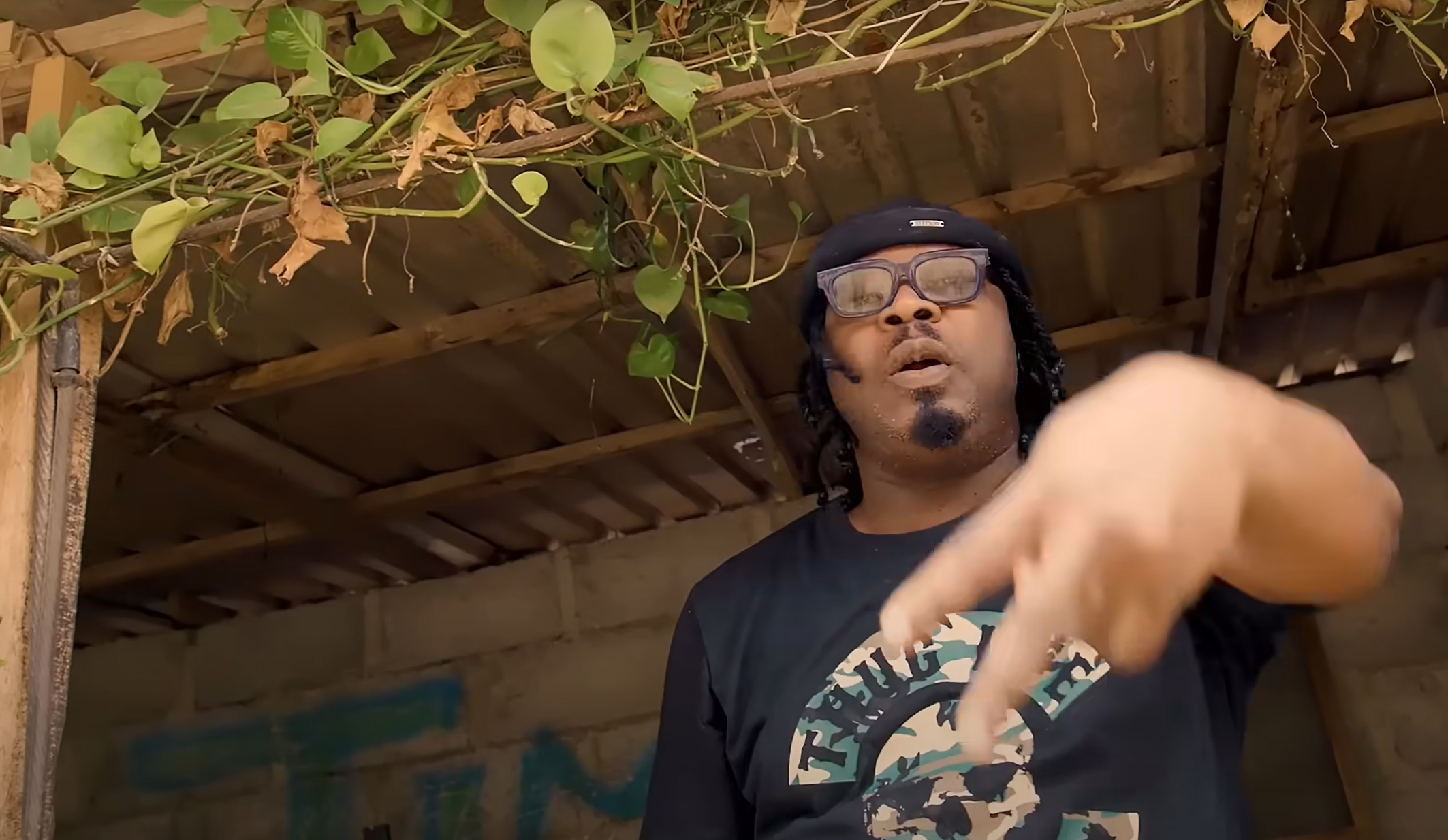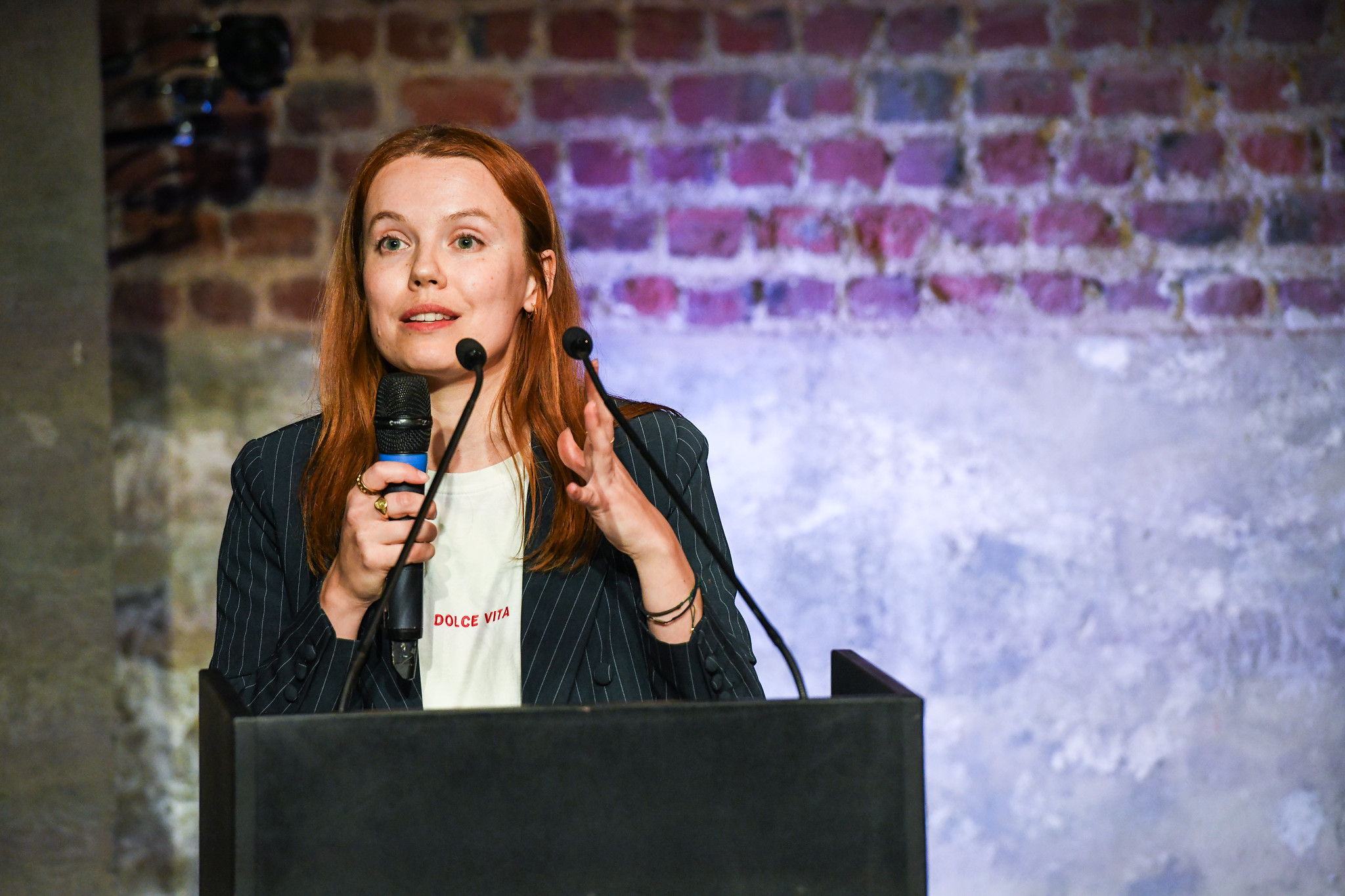Carlos Flores Borja, winner of an Index on Censorship Award, reports from Peru on how his radio station was closed down for reporting a government massacre, and his subsequent fight for justice
It was three in the morning on 5 June 2009, and the heat was already suffocating in Bagua Grande, in northern Peru. It had been virtually impossible to sleep for worrying about what might be about to happen. I said goodbye to my children, Leyla and José, giving them final instructions as they got ready to set out: “Take great care,” I told them. They were off to report on an event for my community radio station Radio la Voz that was to have severe repercussions for the region and for broadcasting.
Just 24 hours earlier, we had learned that more than 3,000 indigenous Indians from the valleys of the Marañón, Cenepa and Nieva rivers were going to be removed that day from the main road they had been occupying for the past two months. They were protesting against the government’s failure to repeal a dozen legislative decrees, following the Free Trade Agreement with the US, that were putting at risk the ownership of the land and woods where the Amazonian Indians had lived for thousands of years. President Alan García’s government had plans to appropriate these lands in order to sell them –– or concessions to them –– to national and international companies, permitting, for the first time, their commercial exploitation for minerals, gas and oil.
Some 50,000 indigenous people have lived in the district of Condorcanqui inside the Amazonian region of northeast Peru for thousands of years. They belong to the ethnic groups of the Awajún and the Wampis, formerly known as the Jíbaros. They had resisted conquest by the Chachapoyas, by the Inca and by the Spaniards, and were known as head-shrinkers. Since the establishment of the Republic of Peru, they continued living in the Amazonian highlands, guardians of the only forests still surviving.
On that day in June, I was getting ready to start transmitting from 5am onwards, opening with a programme of folkloric Andean music that preceded the La Voz news broadcast, which went out daily between 7 and 10am. The plan was to keep listeners informed of the police operation to unblock the Fernando Belaúnde highway. My son Léiter, the chief engineer of Radio La Voz, was in charge of the transmitter and opened the musical programme.
True to our principles, we had approved a radio schedule that included two news broadcasts, La Voz from 7-10am, and Sin Censura (Without Censorship) from 1-3pm, in addition to slots dedicated to the promotion of reading and literacy; the protection of the environment; solidarity with our brothers and sisters with degrees of disability; and to the spread of rural arts and culture.
At 6.10am on that fateful morning, we interrupted our music programme in order to make room for a phone call from my other son José, who announced that the removals had commenced 20 minutes earlier. The indigenous peoples were under attack from a massive quantity of teargas bombs, launched at them from both land and air. From that moment on, both José and Leyla maintained continuous communication with the radio station using their mobile phones. So it was that the population of Bagua Grande –– and of the whole of Peru –– began to learn of what became the most brutal aggression of the state against the peoples of the Awajún and the Wampis.
When news of the first deaths among both the indigenous peoples and the police began to arrive, none of us could believe it. What had first seemed a simple matter of removing people from a highway was turning into a massacre, at the end of which we might learn the precise body count for police fatalities, but would never learn the number of indigenous protesters who shared their fate. It was with great pain that I, up in my studio at Radio La Voz, and in charge of news broadcasts, had to transmit what my children were sending me from Curva del Diablo and Bagua Chica, at risk of their lives.
At 10am, our electricity was disconnected and the radio signal immediately went off air as a result. A few minutes later, we learnt from national news programmes that the Interior Minister Mercedes Cabanillas had accused us of using the airwaves to foment violence, inciting the natives to attack and kill police officers. Other senior members of the Aprista government made similar claims. They unfairly blamed us for the regrettable events that took place on that day. Silenced by the abusive exercise of police power, we were obliged to be dumb witnesses to the exercise of police violence against Bagua Chica and Bagua Grande. In both these provincial capitals, the population rose in protest against the massacre in Curva del Diablo, and it became necessary to add the number of those who sacrificed their lives in those towns to the death toll. We were not able to transmit news of any of this, but we recorded it all in photographs, which we later published in a magazine called Curva del Diablo.
In the days following the massacre, the government declared 11 indigenous people and 23 police officers dead. But according to indigenous groups, 50 protesters were killed and up to 400 disappeared.
On 8 June, the MTC published its decision to withdraw Radio Voz’s operating licence in the official daily El Peruano. Radio La Voz was shut down and my entire family, who had made huge sacrifices to invest in this small business, was left without work. A whole region that had depended on the radio station as its source of news was now deprived of independent reporting. In Peru, this is the price one pays to defend freedom of expression.
On learning of the fate of Radio La Voz, many groups came to its aid, in a show of solidarity. Over 100 broadcast stations belonging to the National Radio Network (CNR) began to cover the story and to call me for telephone interviews, in order to report developments in the Amazon region of the country. For a number of days, I was virtually chained to the phone answering calls, first from the national stations affiliated to the CNR, and then from abroad, where the news had spread thanks to the magic of the internet. Another national radio channel, incorporated by the Legal Defence Institute (IDL), called Ideelradio, also reported on what had happened at Curva del Diablo and the closure of Radio la Voz.
I would like to take this opportunity to make known my gratitude to the National Association of Peruvian Journalists (ANP); the Press and Social Institute (IPYS); the Association for Human Rights; the National Network of the Popular and Alternative Press; and the Inter-American Commission on Human Rights (which went so far as to invite me to Washington to make my case known); the Rory Peck Trust; and to Index on Censorship for its support and solidarity in the struggle. My lasting gratitude is also due to the grassroots and popular organisations in the Amazon region of Peru, along with all those individuals who have expressed their concern for the situation at our radio station.
For the legal fight we now face, we have been represented by the solicitor Roberto Pereyra Chumbe, whose services IPYS has loaned us for free. So far, two of the representations he put before the MTC have been rejected. Those rejections bear witness to the viciousness of the government’s campaign against Radio La Voz, which it is determined to punish for having transmitted news of the massacre at Curva del Diablo and for bearing witness to its plan to appropriate land from the indigenous communities in the region.
Freedom of expression in Peru has been seriously violated by the present government, despite its boasts of being democratic. By trying to comply in every detail with the free-trade treaties he has signed with numerous countries, most notably the US, Alan Garcia will not hesitate to shut down the media that challenges his policies, not only Radio La Voz, but also other radio stations, including Oriente, Capline, Orión, Vecinal and many more. He is responsible for imprisoning journalists, including our colleague Alejandro Carrascal Carrasco, who is in the San Humberto jail at Bagua Grande. He attempts to take control of national television channels, as in the recent instance of América Televisión –Canal 4. He intimidates provincial newspapers, with the overriding intention of silencing those in the countryside, and has redistributed the radio stations between a group of businesses known to lack all respect for the environment. The majority of the mass media keep the businessmen as either allies or accomplices, thanks to the state publicity machine which offers them generous tax exemptions. None of us can afford to buy or subsidise the tiny provincial radio stations, so they close us down, impound our equipment, freeze our bank accounts and threaten to strangle us economically through a system of fines and other sanctions.
However, it remains the case that the government never imagined that a tiny radio station such as Radio La Voz would stand up to it. We do so because we deem freedom of expression as a fundamental and inalienable right that we will fight to the death to defend.
Translated by Amanda Hopkinson
This is an edited extract of an article that appears in the next edition of Index on Censorship, Radio Redux, out in June
Carlos Flores Borja is winner of the Guardian Journalism award at the Index on Censorship Freedom of Expression Awards 2010. All charges against Radio La Voz were dropped in February





